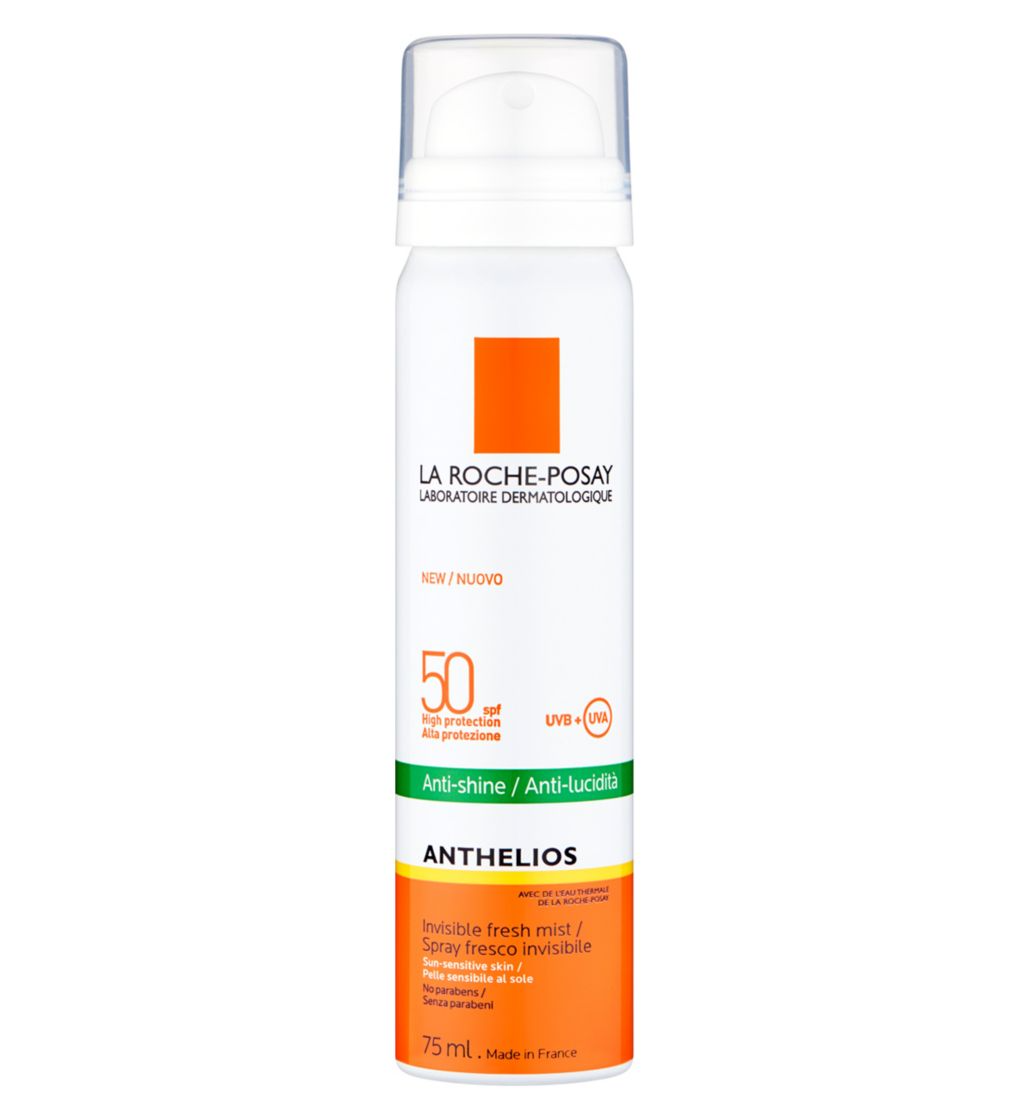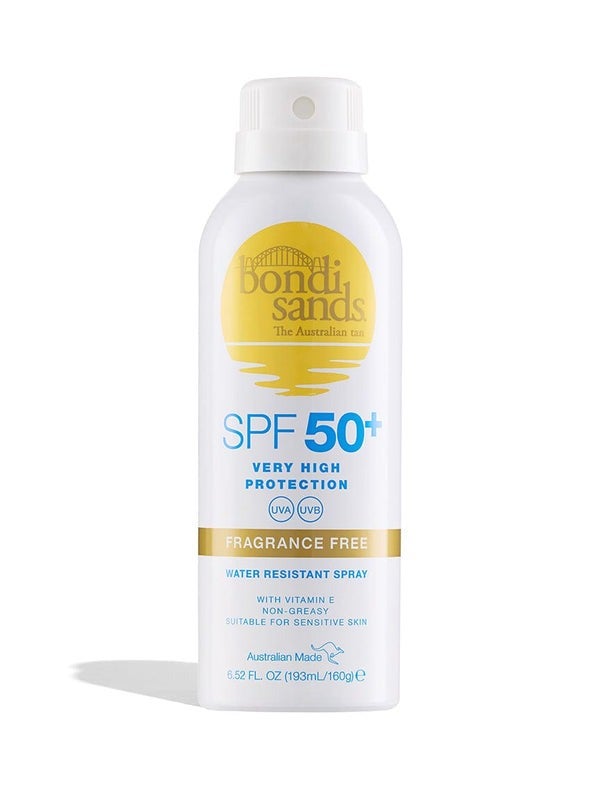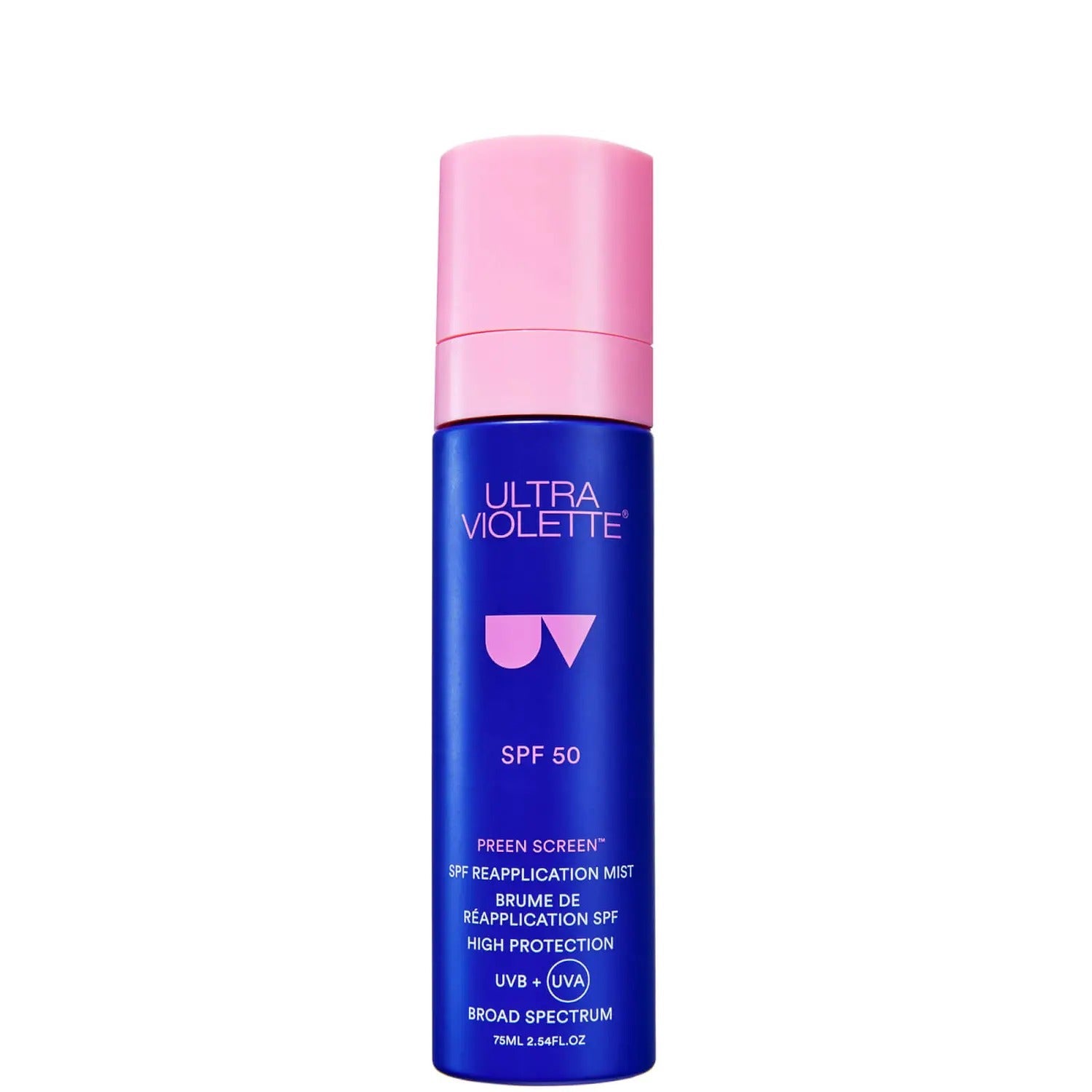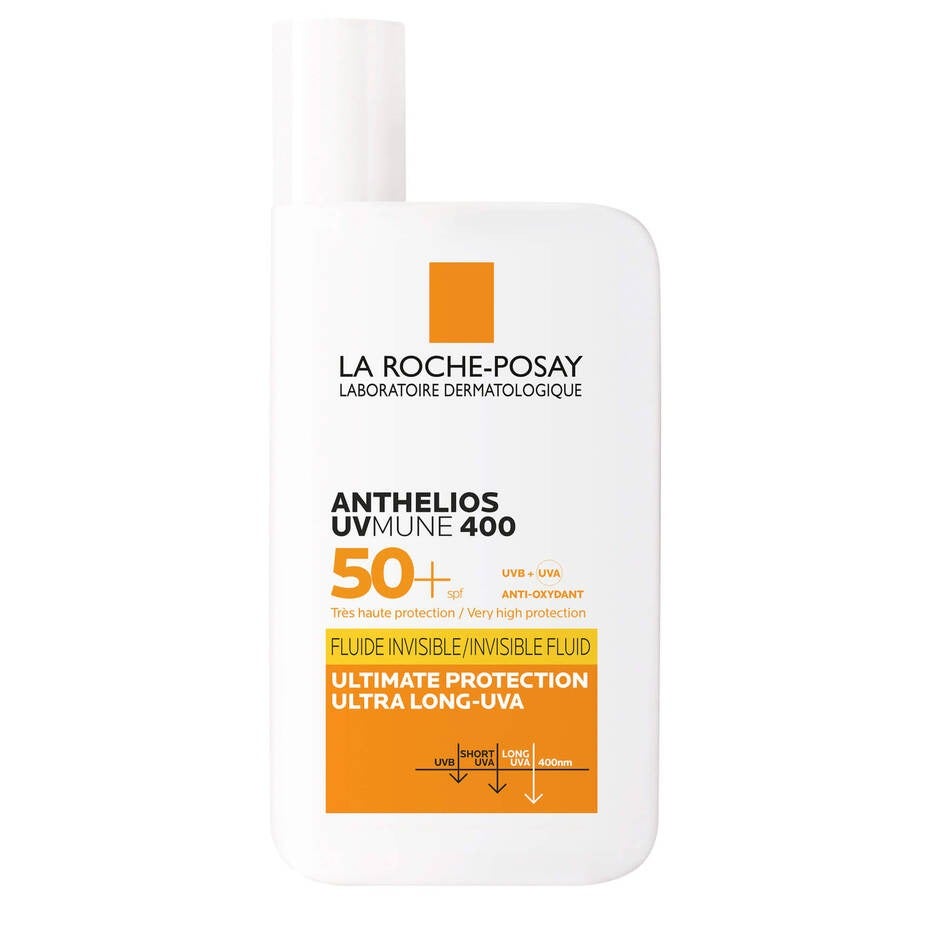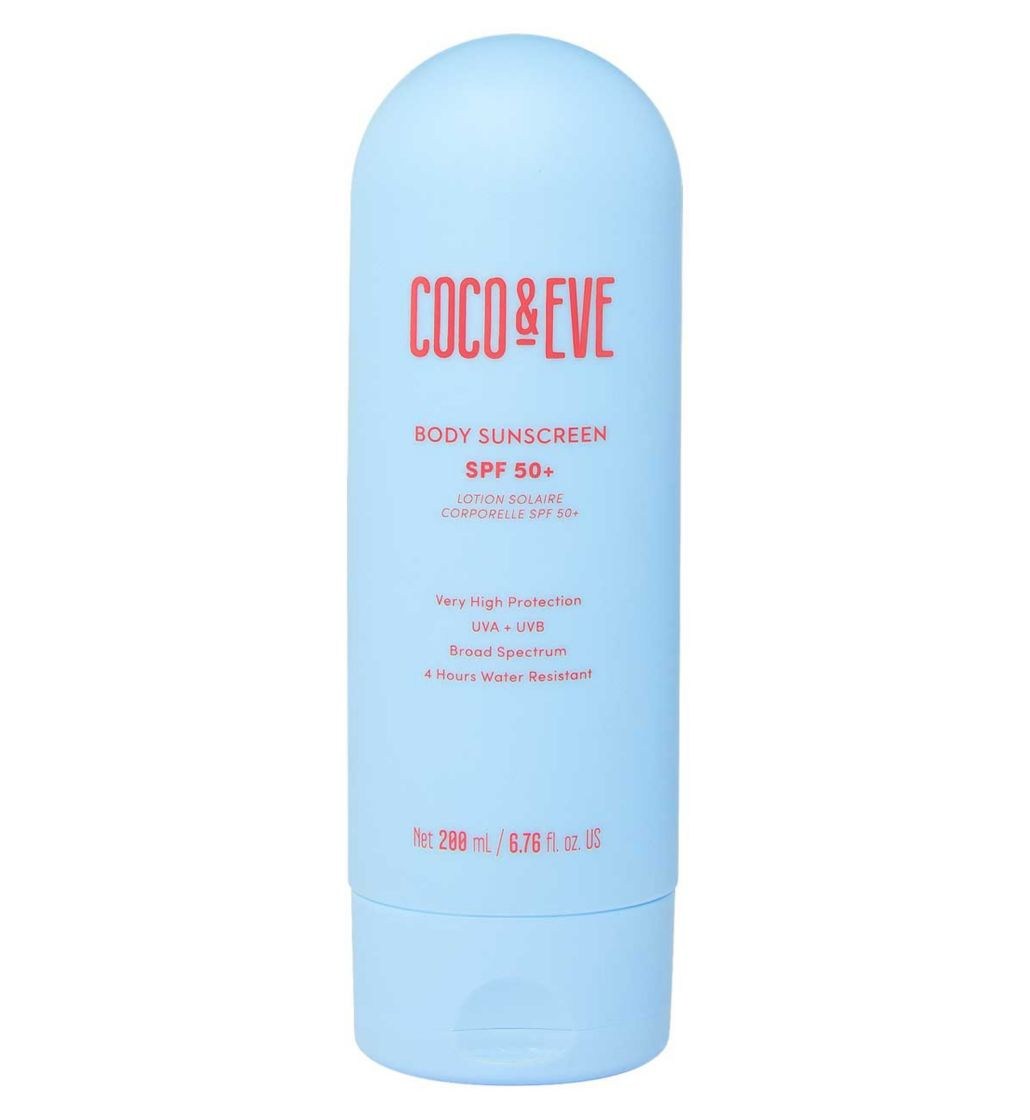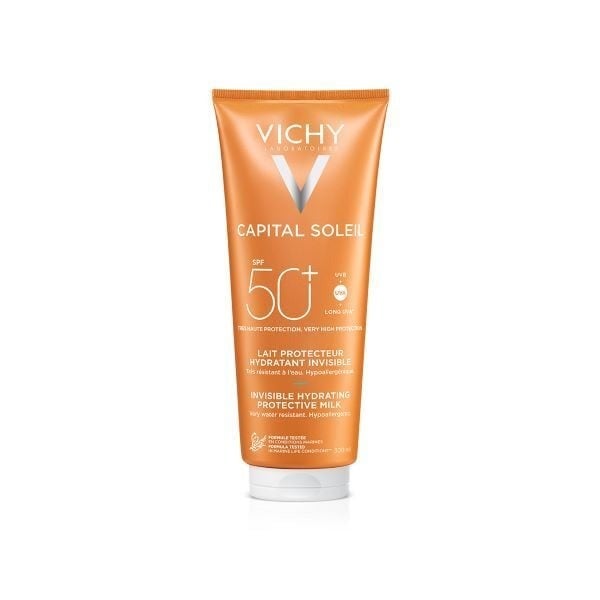The One Skincare Resolution That Dermatologists Want You To Make In 2024
Photographed by Eylul Aslan.
Welcome to Sun Blocked, Refinery29’s global call to action to wake up to the serious dangers of tanning. No lectures or shaming, we promise. Instead, our goal is to arm you with the facts you need to protect your skin to the best of your ability, because there’s no such thing as safe sun.
I don’t believe in New Year’s resolutions. Come spring, the myriad rules and expectations (often made with the very best of intentions) fall by the wayside. But there is one unwavering commitment I’ll be making in 2024 and beyond: No tanning, full stop.
While I’ve never used a tanning bed (nor do I judge those who do), I have been tempted. I haven’t always been diligent about sun protection, either. That is, until last May when we launched Sun Blocked at Refinery29: Our global call to action to wake up to the serious dangers of tanning and UV exposure.
AdvertisementADVERTISEMENT
This past year, even I’ve been schooled. The Skin Cancer Foundation reports that just one indoor tanning session before the age of 35 can raise your risk of developing melanoma skin cancer by 75%. Let that number sink in. I also learned that UVA — the rays responsible for premature ageing and potentially deadly skin cancer — can pass through clouds and even glass in windows. In other words, wearing SPF all year round is a must.
It’s no secret that we feel passionately about sun safety at Refinery29, as do the various experts who have shared their invaluable knowledge with us. This year, we’re amping up the conversation on sun protection with the help of our Dermatologist Collective: a team of five UK dermatologists who share our dedication to the cause.
Introducing consultant dermatologists Dr Alia Ahmed, Dr Shaaira Nasir, Dr Derrick Phillips, Dr Justine Hextall and Dr Zainab Laftah, for whom sun protection is a top priority. As such, it goes without saying that the one resolution they want you to make this year is to put your skin first.
How much sunscreen should you wear every day?
For Dr Phillips, this means wearing the right amount of sunscreen every day. “An average adult should be using 30 millilitres of sunscreen with each head to toe application,” he stresses. That’s almost one third of a 100 millilitre bottle; in other words, you need a lot more than you think.
In the colder months when you’re likely wearing more clothing and venturing out less, it’s your face that needs the most protection, and Dr Phillips recommends applying a teaspoon-sized amount of SPF to your face and neck.
AdvertisementADVERTISEMENT
A quick and easy way to measure it out is to use your hands, adds Dr Laftah: Two to three full finger lengths of sunscreen should be enough to cover your entire face and neck adequately, and remember to top up every two hours (especially after sweating or swimming) if you’re spending time in the sun. Carrying a sunscreen mist like La Roche-Posay Anthelios Protection Face Mist, £17.90, Bondi Sands SPF 50 Aerosol Mist Spray, £9.99, or Ultra Violette Preen Screen SPF50 Reapplication Mist, £32, can help take the chore out of reapplication, but topping up with your chosen sunscreen on a makeup sponge is just as effective (and dermatologist approved).
What is the best SPF?
Not all SPFs are created equal, though. Dr Ahmed’s best advice is to check the level of UVA cover beforehand. “Make sure it gives you ‘broad-spectrum’ or UVA protection of four stars and above,” says Dr Ahmed. A broad-spectrum sunscreen shields your skin from both UVA rays and UVB rays, the latter of which are responsible for sunburn.
In Dr Hextall’s opinion, the best sunscreen is one that is easy to use, as you are far more likely to apply it frequently and at the required concentration. Gone are the days of thick, greasy SPFs. Now, clever chemical formulations absorb in seconds without the uncomfortable film or the potential for breakouts. Dr Hextall likes the La Roche-Posay Anthelios range. Also try Coco & Eve Body Sunscreen SPF50+, £27, which is inconspicuous on the skin, and Vichy Capital Soleil Sun Protection Milk SPF50+, £20.99, which is equally as lightweight. As well as UVA and UVB protection, Dr Hextall recommends opting for factor 50 over anything else, regardless of your skin tone.
AdvertisementADVERTISEMENT
What are the benefits of UPF clothing?
Apart from using — and reapplying — sunscreen daily, Dr Nasir’s top suncare tip is to invest in protective clothing, particularly in the summer. A wide-brimmed hat, sunglasses with polarised lenses and UPF (ultraviolet protection factor) clothes all strengthen your defence against UV. Crucially, though, avoiding the sun when it’s at its highest between 10 a.m. and 4 p.m. is the best way to swerve sun damage and sunburn, says Dr Nasir. When you consider that getting sunburnt every two years can triple your chances of life-threatening melanoma skin cancer, covering up where possible makes sense.
So what else can you expect from R29 and our roster of experts going forward? No lectures, no shaming. Together, we’ll continue to uncover the risks of tanning and drive home the importance of wearing sunscreen all year round, because there’s no such thing as safe sun.
At Refinery29, we’re here to help you navigate this overwhelming world of stuff. All of our market picks are independently selected and curated by the editorial team. If you buy something we link to on our site, Refinery29 may earn commission.
AdvertisementADVERTISEMENT








